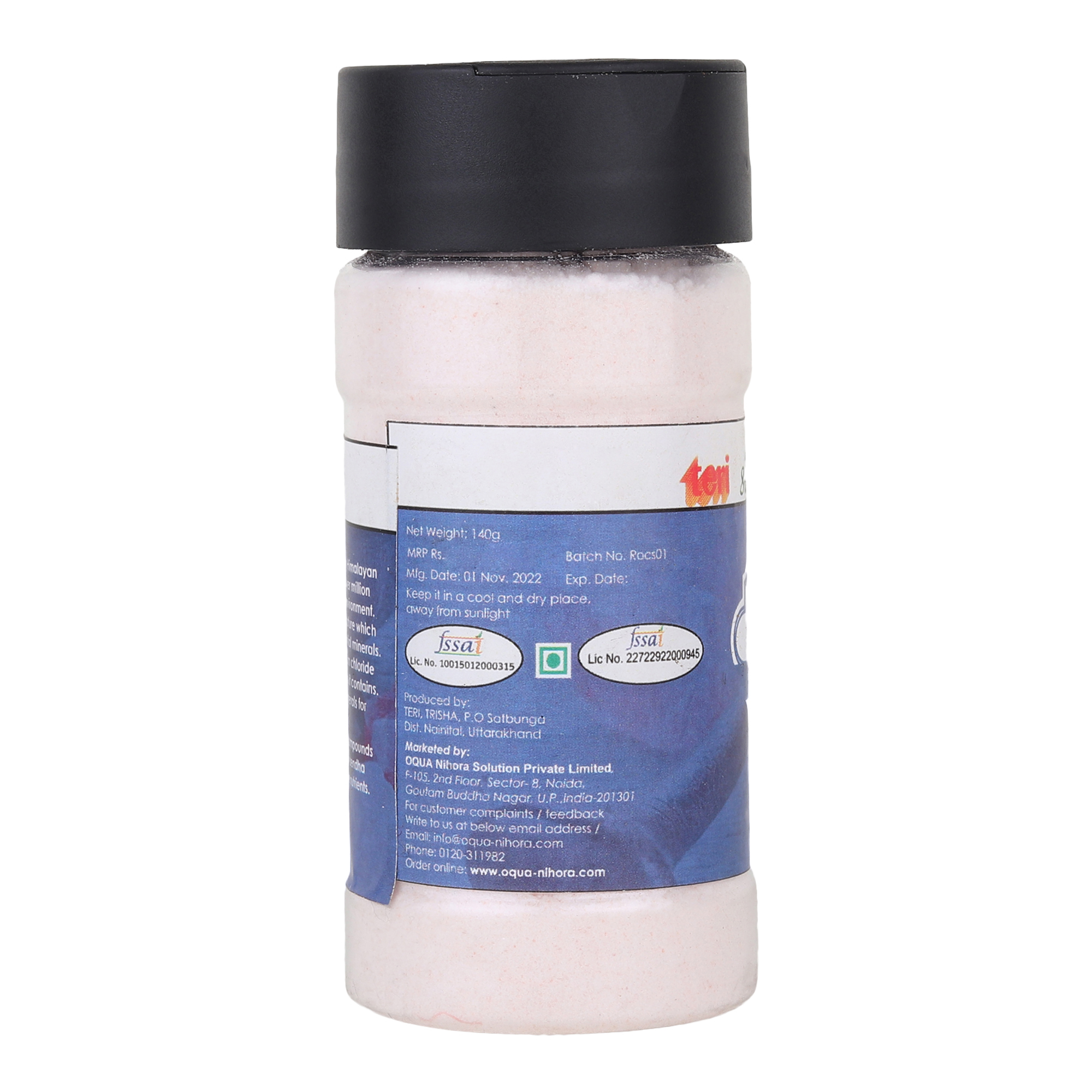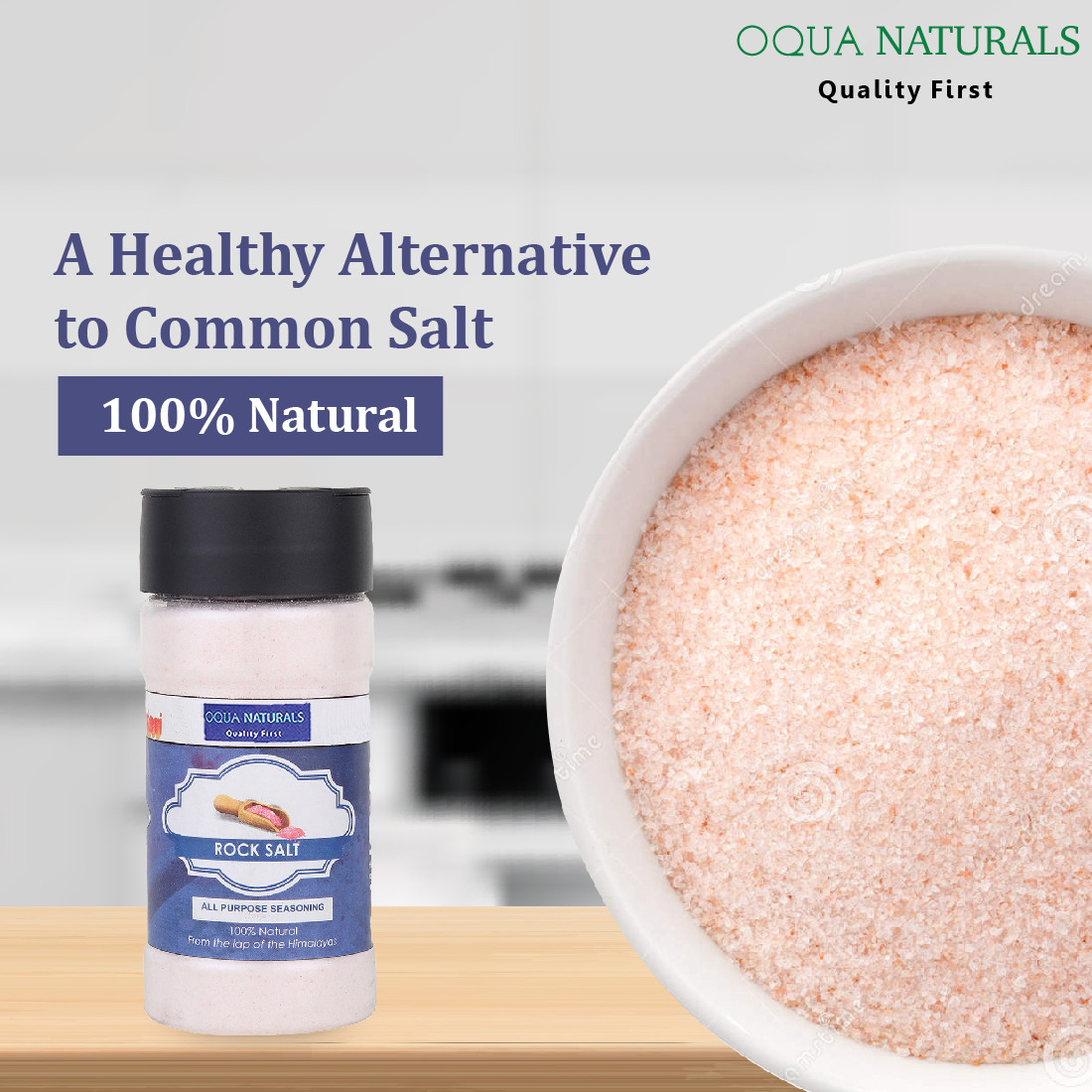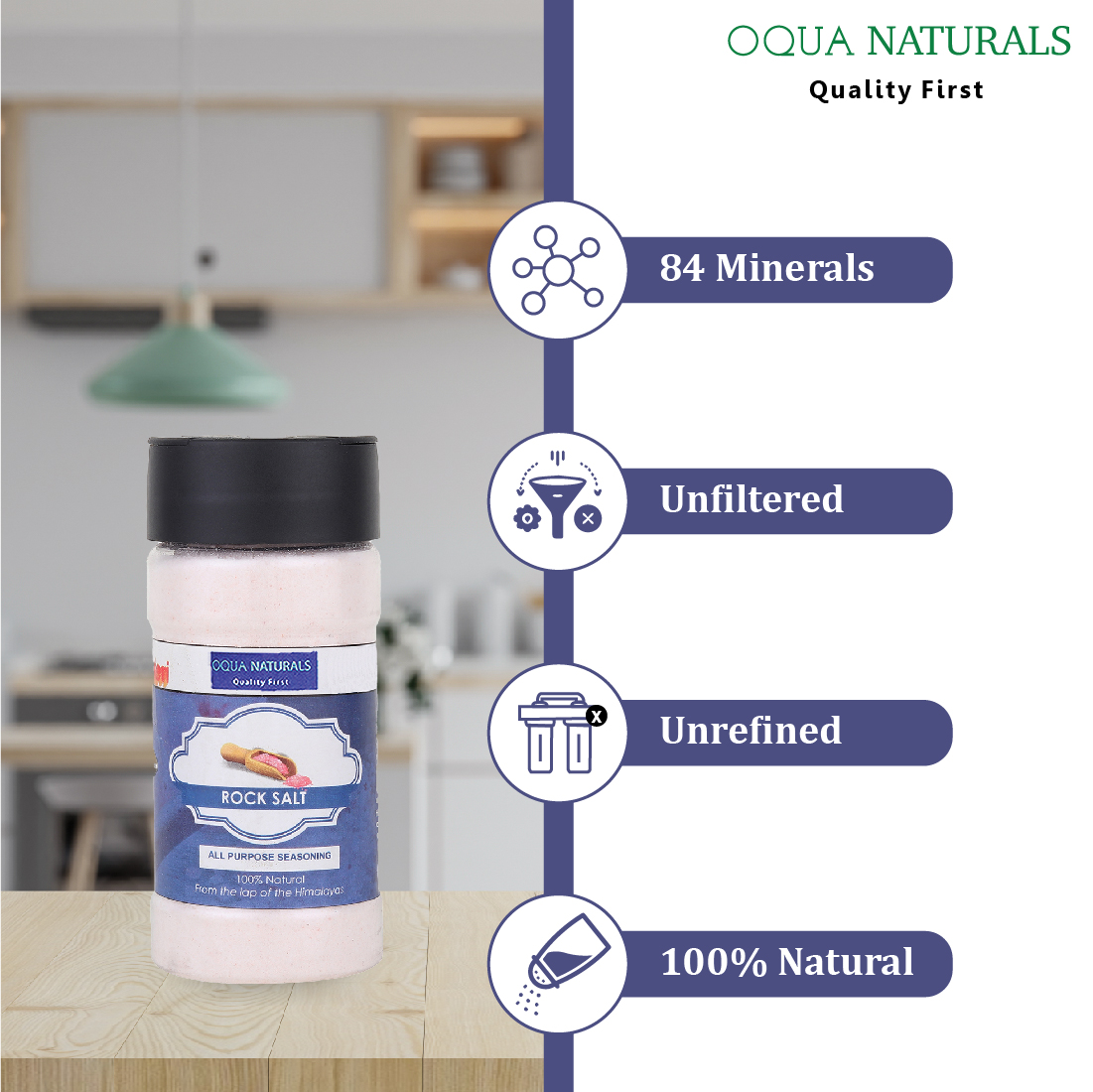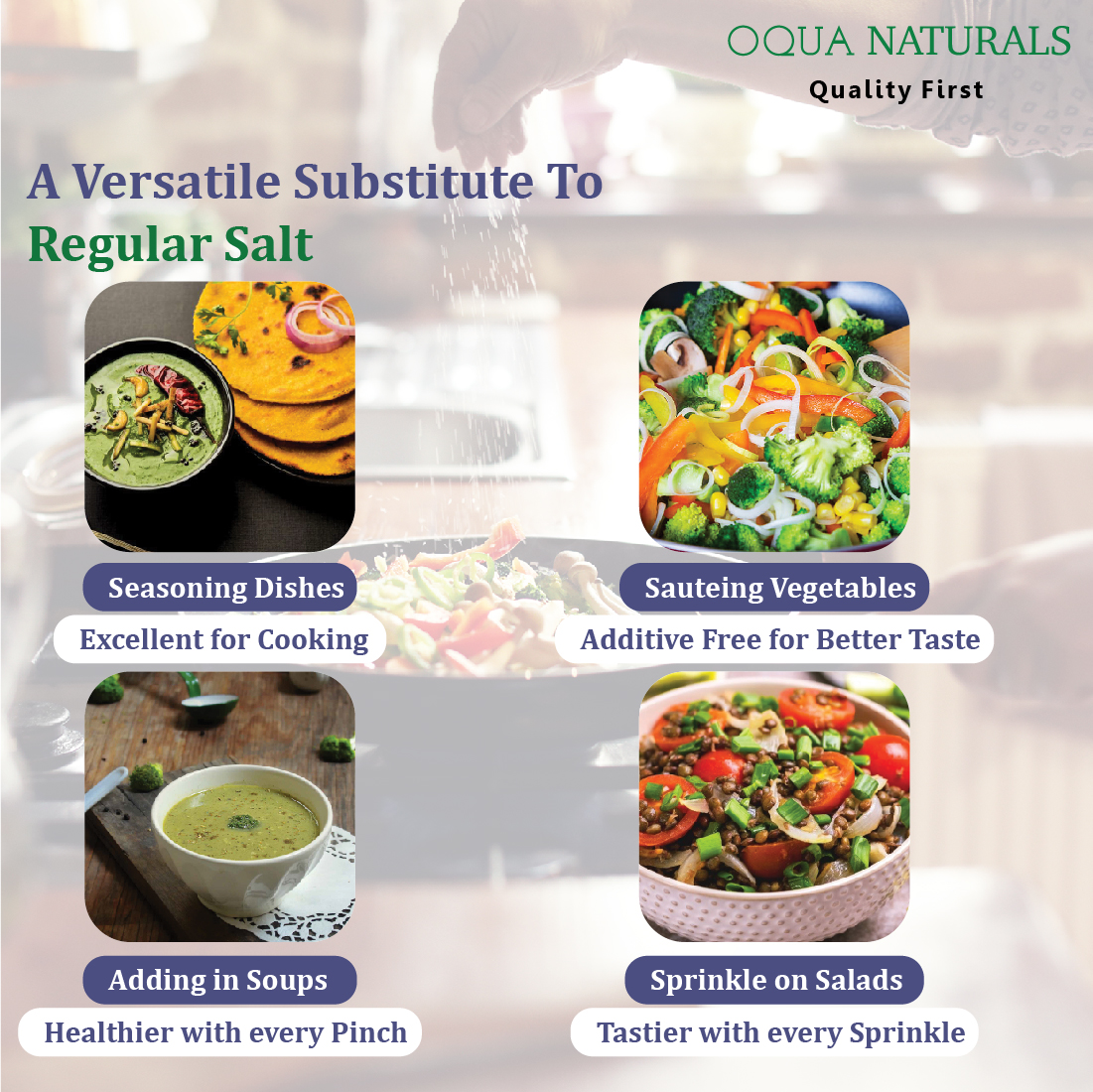Rock salt is the common name for halite. It is a rock, rather than a mineral, and this is what makes it different to the salt you may find on your dinner table, although they do share many characteristics. Rock salt a type of salt, is formed when salt water from a sea or lake evaporates and leaves behind colorful crystals of sodium chloride. It’s also called halite, saindhava lavana, or rock salt. Himalayan pink salt is one of the best known types of rock salt, but several other varieties exist. Sendha namak is highly valued in Ayurveda, a system of alternative medicine originating in India. According to this tradition, rock salts offer numerous health benefits, such as treating colds and coughs, as well as aiding digestion and eyesight. However, you may wonder if these claims are backed by science.
Benefits Of Rock Salt
- Rock salt is full of minerals and vitamins, which improves digestion, promotes bowel movements, and helps to clean toxic products from the intestine.
- It also helps to improve the loss of appetite.
- The study result suggests that rock salt can stimulate insulin in the body that prevents sugar cravings.
Uses of Rock Salt
- Rock namak offers trace levels of several minerals, including iron, zinc, nickel, cobalt, manganese, and copper
- reduce your risk of low sodium.
- improve muscle cramps.
- treat sore throats.
Frequently Asked Questions
1. Is rock salt and kala namak same?
Kala Namak is a form of rock salt that is commonly referred to as black salt. It comes from India’s, Pakistan’s, Bangladesh’s, Nepal’s, and other Himalayan salt mines.
2. Is rock salt good for me?
Rock salt is full of minerals and vitamins, which improves digestion, promotes bowel movements, and helps to clean toxic products from the intestine.
3. Can we eat rock salt daily?
Most dietary guidelines suggest limiting your sodium intake to 1,500–2,300 mg per day.










Reviews
There are no reviews yet.